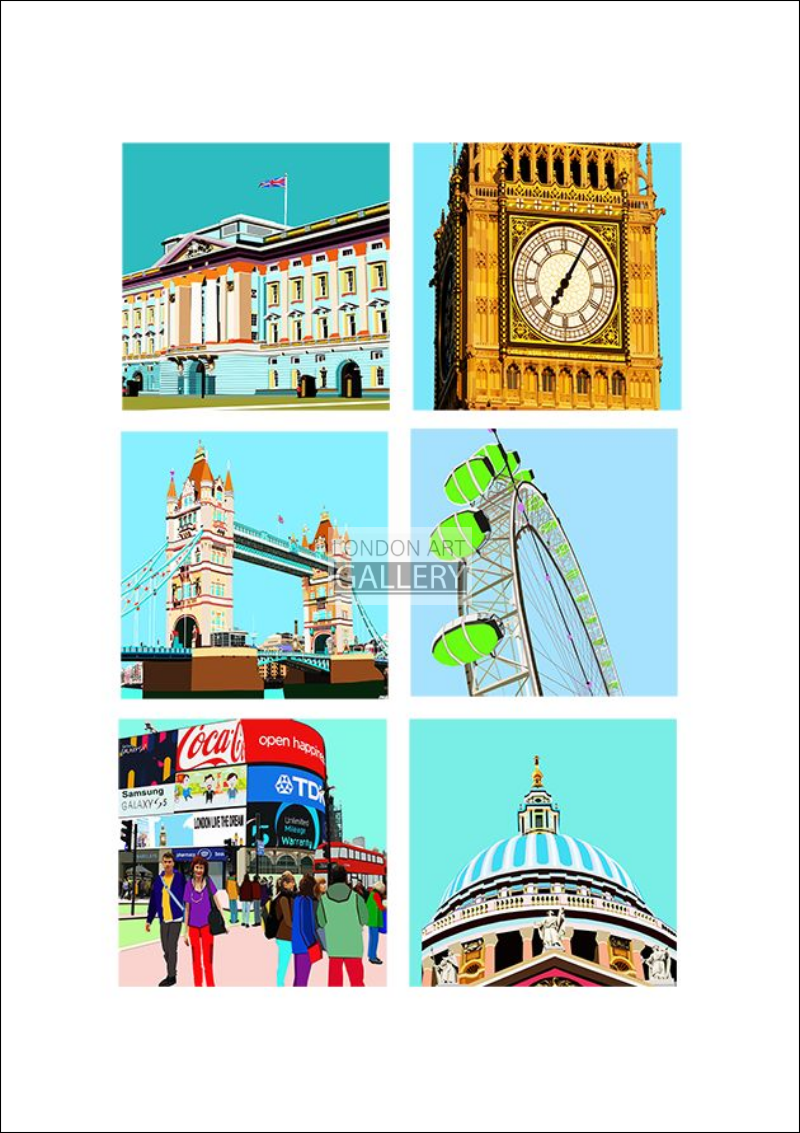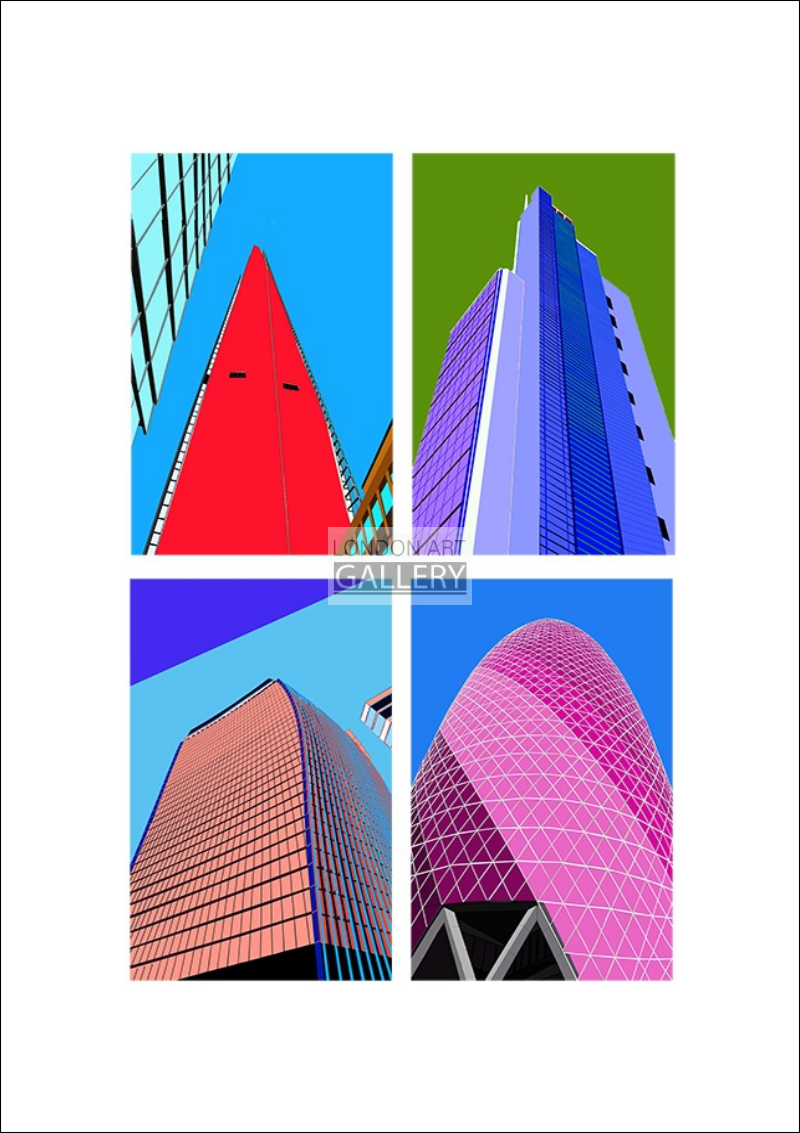Description
Leicester Square is a pedestrianised square in the West End of London, England. It was laid out in 1670 and is named after the contemporary Leicester House, itself named after Robert Sidney, 2nd Earl of Leicester. The square was originally a gentrified residential area, with tenants including Frederick, Prince of Wales and artists William Hogarth and Joshua Reynolds. It became more down-market in the late 18th century as Leicester House was demolished and retail developments took place, becoming a centre for entertainment. Several major theatres were established in the 19th century, which were converted to cinemas towards the middle of the next century. Leicester Square holds a number of nationally important cinemas such as the Odeon Leicester Square, Empire, Leicester Square and the now closed Odeon West End, which are frequently used for film premieres, The nearby Prince Charles Cinema is popular for showing cult films and marathon film runs. The square remains a popular tourist attraction, including hosting events for the Chinese New Year.
The square has always had a park in its centre, which was originally Lammas land. The park’s fortunes have varied over the centuries, reaching near dilapidation in the mid-19th century after changing ownership several times. It was restored under the direction of Albert Grant, which included the construction of four new statues and a fountain of William Shakespeare. The square was extensively refurbished and remodelled for the 2012 London Olympics, costing more than £15m and taking over 17 months to complete.
Euston Road in Central London, England, runs from Marylebone Road to King’s Cross. The road is part of the London Inner Ring Road and forms part of the London congestion charge zone boundary. The road was originally the central section of New Road from Paddington to Islington which opened in 1756 as London’s first bypass providing a route along which to drive cattle to Smithfield Market avoiding central London. Traffic increased when major railway stations, including Euston, opened in the mid-19th century and led to the road’s renaming in 1857. Euston Road was widened in the 1960s to cater for the increasing demands of motor traffic, and the Euston Tower was built around that time. The road contains several significant buildings including the Wellcome Library, the British Library and the St. Pancras Renaissance London Hotel.
Whitehall is a road in the City of Westminster, Central London, which forms the first part of the A3212 road from Trafalgar Square to Chelsea. It is the main thoroughfare running south from Trafalgar Square towards Parliament Square. The street is recognised as the centre of the Government of the United Kingdom and is lined with numerous departments and ministries including the Ministry of Defence, Horse Guards and the Cabinet Office. Consequently, the name “Whitehall” is used as a metonym for British civil service, and as the geographic name for the surrounding area. The name was taken from the Palace of Whitehall that was the residence of Kings Henry VIII through to William III, before its destruction by fire in 1698; only the Banqueting House survived. Whitehall was originally a wide road that led to the front of the palace; the route to the south was widened in the 18th century following the destruction of the palace. As well as government buildings, the street is known for its memorial statues and monuments, including Britain’s primary war memorial, the Cenotaph. The Whitehall Theatre, now the Trafalgar Studios, has been a popular place for farce comedies since the mid-20th century.
Fleet Street is a major street in the City of London. It runs west to east from Temple Bar at the boundary with the City of Westminster to Ludgate Circus at the site of the London Wall and the River Fleet from which the street was named. Having been an important through route since Roman times, businesses were established along the road during the Middle Ages. Senior clergy lived in Fleet Street during this period where there are several churches including Temple Church and St Bride’s. Fleet Street became known for printing and publishing at the start of the 16th century and it became the dominant trade so that by the 20th century most British national newspapers operated from here. Much of the industry moved out in the 1980s after News International set up cheaper manufacturing premises in Wapping, but some former newspaper buildings are listed and have been preserved. The term Fleet Street remains a metonym for the British national press, and pubs on the street once frequented by journalists remain popular. Fleet Street has a significant number of monuments and statues along its length, including the dragon at Temple Bar and memorials to a number of figures from the British press, such as Samuel Pepys and Lord Northcliffe. The street is mentioned in several works by Charles Dickens and is where the legendary fictitious murderous barber Sweeney Todd lived.





